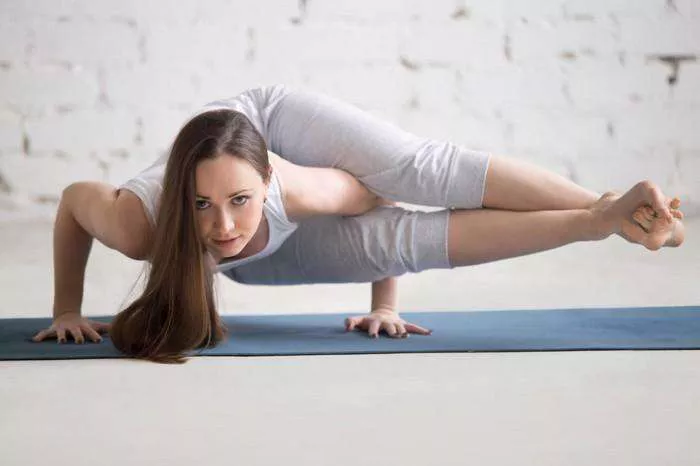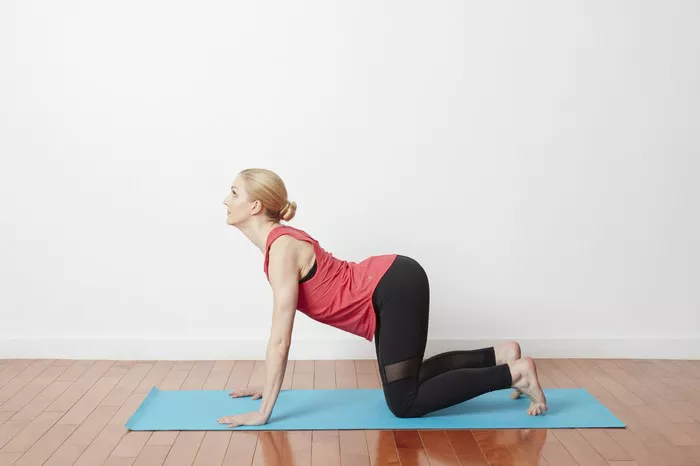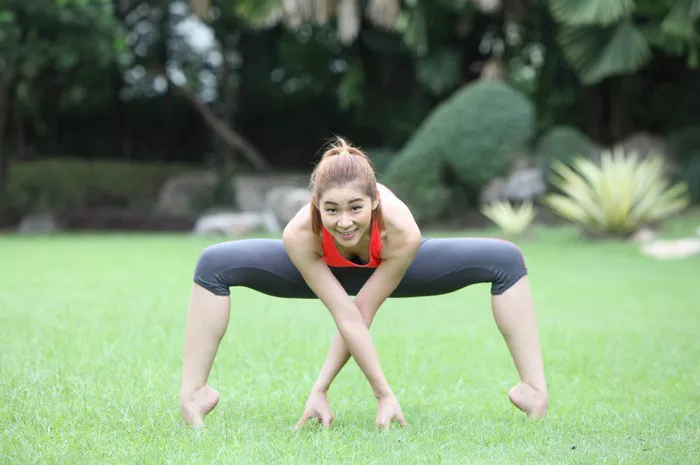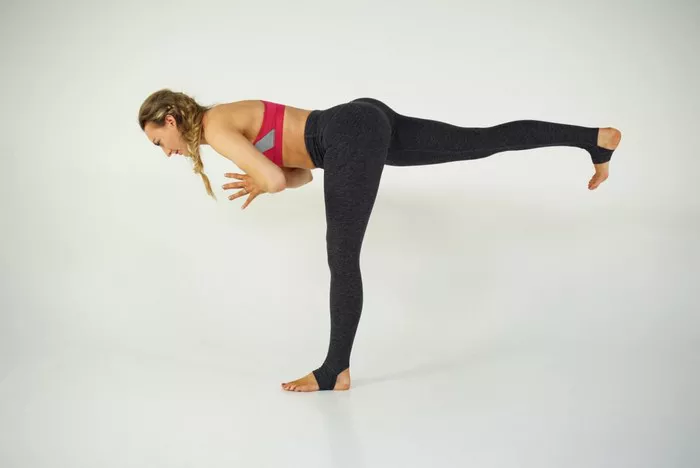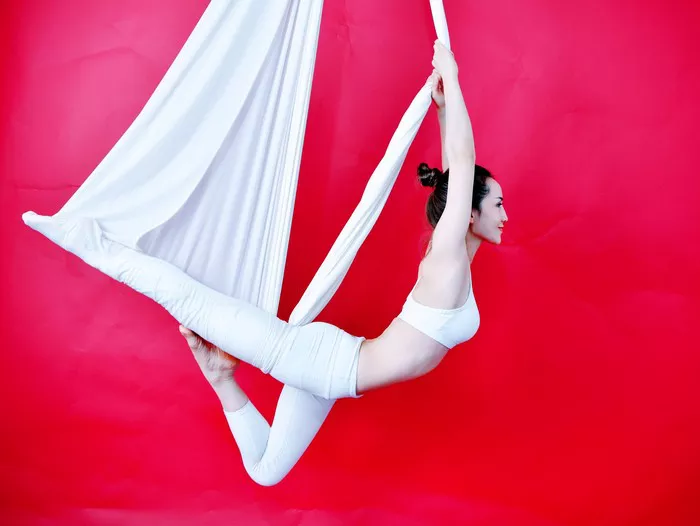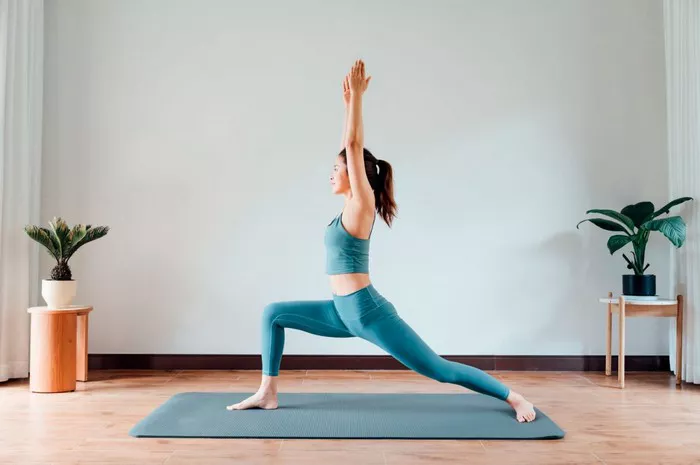Yoga, an ancient practice originating from the Indian subcontinent, encompasses a rich tapestry of poses designed to harmonize mind, body, and spirit. Among these, the Eight-Angle Pose (Astavakrasana) stands out as a challenging yet rewarding asana that not only strengthens the physical body but also symbolizes the interconnectedness of various elements in life. In this comprehensive guide, we delve into the origins, benefits, variations, step-by-step instructions, and precautions associated with the Eight-Angle Pose.
Origins and Symbolism
The Eight-Angle Pose finds its roots in the ancient texts of yoga, particularly in the Hatha Yoga Pradipika and the Yoga Korunta. Named after the sage Astavakra, who was said to have been born with eight physical deformities, this pose symbolizes the overcoming of obstacles and limitations through inner strength and perseverance.
Astavakrasana embodies the fusion of strength and flexibility, as well as the balance between effort and surrender. By gracefully intertwining the limbs into a compact and balanced form, practitioners aim to cultivate a sense of equilibrium both on and off the mat.
Physical and Mental Benefits
Engaging in the Eight-Angle Pose offers a plethora of physical and mental benefits, making it a valuable addition to any yoga practice:
1. Strengthens the Core: Astavakrasana targets the abdominal muscles, obliques, and lower back, helping to build core strength and stability.
2. Improves Balance: This pose challenges the practitioner to find balance and alignment, thereby enhancing proprioception and spatial awareness.
3. Increases Flexibility: Regular practice of Astavakrasana can improve flexibility in the hips, hamstrings, and shoulders, promoting greater range of motion.
4. Enhances Concentration: The focus required to enter and hold the Eight-Angle Pose cultivates mental concentration and mindfulness, fostering a sense of inner calm and clarity.
5. Boosts Confidence: Mastering Astavakrasana instills a sense of achievement and confidence, empowering practitioners to overcome self-imposed limitations both on and off the mat.
Variations and Modifications
While Astavakrasana may appear daunting to beginners, several variations and modifications allow practitioners of all levels to experience its benefits:
1. Supported Eight-Angle Pose: Using props such as blocks or a bolster can provide additional support and stability, making the pose more accessible to beginners.
2. Half Eight-Angle Pose: Practitioners can start by bending one leg and placing the foot on the floor, gradually working towards extending both legs into the full pose.
3. Bound Eight-Angle Pose: For advanced practitioners, adding a bind by wrapping one arm around the extended leg further intensifies the pose and deepens the stretch.
4. Wall-Assisted Eight-Angle Pose: Utilizing a wall for support can help beginners develop the strength and confidence needed to balance in Astavakrasana.
Step-by-Step Instructions
Follow these step-by-step instructions to practice the Eight-Angle Pose safely and effectively:
- Begin in a seated position with your legs extended in front of you.
- Bend your knees and place your feet flat on the floor, hip-width apart.
- Shift your weight onto your hands and lift your hips off the floor, coming into a modified Crow Pose.
- Bend your elbows and lower your torso slightly forward, creating space to hook your right knee onto your right tricep.
- Engage your core as you lean forward and shift your weight onto your hands, lifting your left foot off the floor.
- Cross your left ankle over your right ankle and begin to straighten both legs, balancing on your hands.
- Extend through your heels and engage your inner thighs to create stability.
- Press firmly into your hands and lift your chest, finding length in your spine.
- Hold the pose for 5-10 breaths, maintaining steady breathing and focus.
- To release, gently lower your legs back to the floor and return to a seated position.
Precautions and Contraindications
While the Eight-Angle Pose offers numerous benefits, it is essential to approach it with caution, especially if you have any pre-existing medical conditions or injuries. Consider the following precautions and contraindications before attempting Astavakrasana:
1. Avoid if Pregnant: Pregnant individuals should avoid practicing Astavakrasana, as it involves deep twists and core engagement that may be unsafe during pregnancy.
2. Wrist or Shoulder Injuries: Those with wrist or shoulder injuries should exercise caution when bearing weight on their hands in this pose. Consider using props or modifying the pose to alleviate strain on these areas.
3. Recent Abdominal Surgery: If you have undergone recent abdominal surgery or have a hernia, consult with a healthcare professional before attempting Astavakrasana, as it may exacerbate your condition.
4. High Blood Pressure: Individuals with high blood pressure should practice the pose mindfully, avoiding excessive strain and maintaining steady breathing throughout.
5. Neck or Spinal Injuries: If you have a neck or spinal injury, avoid excessive twisting or bending in the pose, and consider practicing under the guidance of a qualified yoga instructor.
By approaching the Eight-Angle Pose with mindfulness, respect for your body’s limitations, and a willingness to explore variations and modifications, you can unlock its transformative potential while safeguarding your well-being.
Conclusion
In conclusion, Astavakrasana serves as a potent reminder of the inherent strength and resilience that lie within each of us. As we navigate the challenges of life, both on and off the mat, may we draw inspiration from the sage Astavakra and embody the spirit of grace, balance, and unwavering determination.

